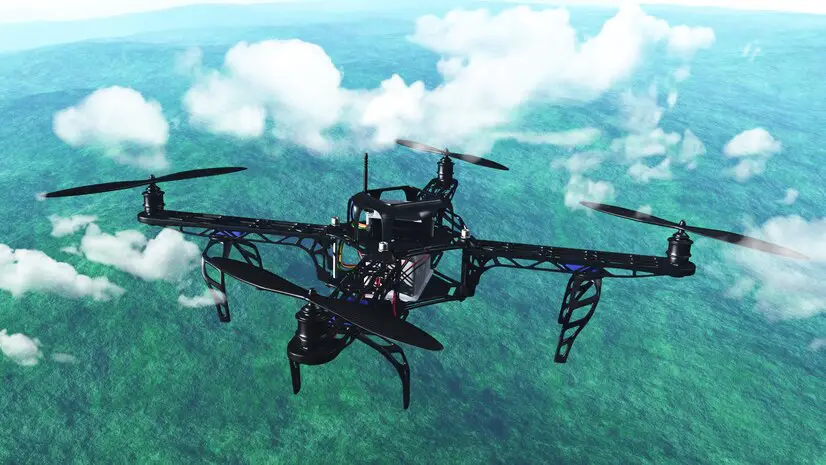1. The Sky is the Limit: Anticipated Growth in the Global Drone Industry
The global drone industry is on the verge of rapid growth, projected to achieve a Compound Annual Growth Rate (CAGR) of approximately 20% from CY22-30, ultimately reaching around US$ 91.3 billion by CY30. This significant expansion positions drones as disruptors for the future, with the global drone market expected to evolve into a US$ 51.4 billion market by CY27.
2. Positive Impact of Drone Technology on the Environment
Drone technology presents a significant positive impact on the environment across various sectors. In agriculture, drones enable precision farming, reducing the need for excessive pesticide and fertiliser use by delivering targeted applications, enhancing crop yield, and minimizing environmental pollution. In conservation efforts, drones aid in wildlife monitoring, allowing researchers to gather data without disturbing ecosystems. In disaster response and management, drones facilitate swift and efficient surveying of affected areas, enabling rapid and targeted relief efforts and contributing to worker safety in hazardous environments.
3. Regulatory Challenges and Innovative Solutions in the Indian Drone Ecosystem
In India, a burgeoning hub for drone enthusiasts and industry players, several challenges need addressing to unlock the full potential of unmanned aerial vehicles (UAVs). These challenges include the existing regulatory framework imposing limitations on flight altitude and drone weight, the absence of security features such as obstacle avoidance systems, responsible drone flight and airspace management, limited payload capacity, battery technology limitations, reliability and durability in varying weather conditions, obstacle avoidance and navigation, sensor integration, remote identification and tracking, data security and privacy.
4. Groundbreaking Solutions in the Realm of Drone Technology
Groundbreaking solutions are emerging in the realm of drone technology, including advanced security features, battery advancements for extended flight times and faster charging, robust designs for durability in diverse environmental conditions, AI, sensor, and 5G integration to revolutionize drone capabilities, compliance solutions for regulatory requirements, and security protocols for secure data transmission and storage.
5. Lucrative Career Opportunities in Drone Technology
With Prime Minister Narendra Modi’s vision to establish India as a global drone hub by 2030, the endeavor of undergoing drone pilot training is set to unveil numerous lucrative career opportunities in the drone sector. Union Information and Broadcasting Minister Anurag Singh Thakur emphasized the need for a minimum of 100,000 pilots in 2023, projecting an annual employment value of ₹6,000 crores in the drone sector.
6. Unlocking the Full Capabilities of Drone Technology
Overcoming the challenges in the Indian drone ecosystem through collaborative efforts between regulators, industry players, and technology innovators will be instrumental in unlocking the full capabilities of drone technology, ensuring a soaring future in the skies.
7. Conclusion
The global drone industry is on the brink of a revolution, with rapid anticipated growth, positive environmental impact, regulatory challenges, innovative solutions, and lucrative career opportunities. The future of drone technology is bright, with the potential to revolutionize logistics, agriculture, and healthcare, fostering enhanced connectivity, efficiency, and resilience within our societies.


